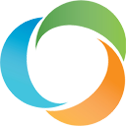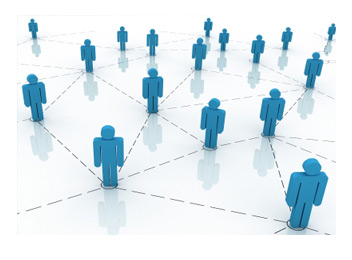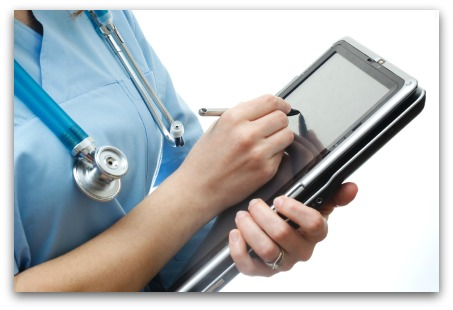
NEW, EASY ‘NURSE CALL’ SOLUTION FOR SKILLED NURSING FACILITIES DELIVERS TECHNOLOGY FOR IMPROVED PRODUCTIVITY, SAFETY AND SATISFACTION
A new communications and productivity solution for skilled nursing facilities and nursing homes has been launched by Rauland, a division of AMETEK, Inc.
The Responder® 5000 advanced and proven ‘nurse call’ system helps facilities and staff keep patients comfortable and safe, while allowing administrators to balance economic priorities with an ability to deliver effective care in a competitive market.
Already a leader in the acute care market, Rauland has extended its capabilities to this under-served market with an elegant new technology platform. Once installed at a facility, Responder 5000 can help keep communications and information flowing efficiently, manage workflows and staff more effectively while improving staff retention, and make a positive impact on the life of residents and staff.
”Rauland is excited to offer a real solution for the nursing homes across North America,” said Jennifer Holden, Vice President-Healthcare Product Strategy. “These facilities haven’t been given the necessary attention over the years by manufacturers, and that needs to change. These facilities know all too well about doing more with less.”
The Responder 5000 platform is built on the latest and greatest technology and wraps it up in a quick-to-see, easy-to-digest software package that staff will love. The reporting package on this ranges from auto emails with whichever frequency the facility wants, to exception reporting on just those resident calls that went unanswered for too long.
ELEMENTS OF CARE
Elements of the Responder 5000 solution include audio bathroom stations, resident equipment stations, workflow stations and attractive, programmable corridor lights. The Responder 5000 mobile app easily downloads to smartphones, allowing staff to make the most effective use of their time, and be in communication with residents, while on the move for convenient response and clarification of needs.
The robust Responder 5000 software application allows facilities to modernize the workplace with an uncomplicated solution for communication needs, including activity boards, messaging app, detailed, simple reporting, and resident management. Seamless integrations with other systems are possible to deliver optimal value and reduce redundancies, including solutions for wander management
Greater staff satisfaction achieved with the new solution can mean lower turnover and improved continuity for residents. Reduced noise and reassured residents can translate to a more healing and a comfortable environment.
SUCCESSFUL INSTALLATION
At one of the initial Responder 5000 system installations at Southridge Healthcare in South Dakota, the system has helped track staff presence by role, and has delivered far more detailed information on the delivery of daily care. The 110-bed long-term and rehabilitative care facility has used the Responder 5000 for solutions in workflow, communication, safety and call response, Rauland said.
“We’ve lowered our average response time to 2 ½ minutes at this point,” said Bessie Hammer, RN/Administrator at Southridge Healthcare. “And, the reporting is much better than what we had previously. It’s much easier to format, and much easier to read.”
Responder 5000 reporting can display data and information as charts and graphs, and reports can be scheduled to be emailed at certain times for easy reference and tracking.
ENVIRONMENT OF CARE
In addition to productivity and satisfaction enhancements, the Responder 5000 solution can help nursing facilities guarantee compliance with Medicare VBP programs and improve their interdepartmental communications — including housekeeping, EVS, and transport.
Responder 5000 also can help enhance residents’ safety by visually identifying fall risks via multiple displays, 2-way communication from resident’s bed and toilet, and by delivering automatic rounding reminders. In addition, the system helps administrators identify over-burdened staff situations for rapid mitigation, and can reassure family members about a resident’s safety and security with continuous tracking of location.
LOCAL SERVICE, SUPPORT
Rauland said a core strength of the new technology is its ability to provide local partners within the community for nearby service, support and installation. These exceptional support services can help optimize the success of the Responder solution as it functions in each customer’s unique environment.
Each SD6 Member Company is excited to deliver the new Rauland Responder 5000 to Skilled Nursing Clients offering timely, onsite clinical design, implementation and application services and support, as well as extensive hands-on Responder training that is continually refreshed based on field experience and ongoing R&D enhancements.



